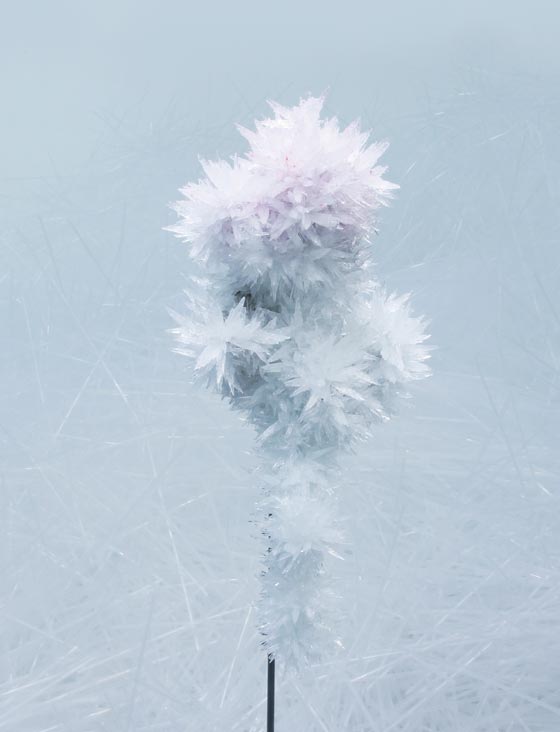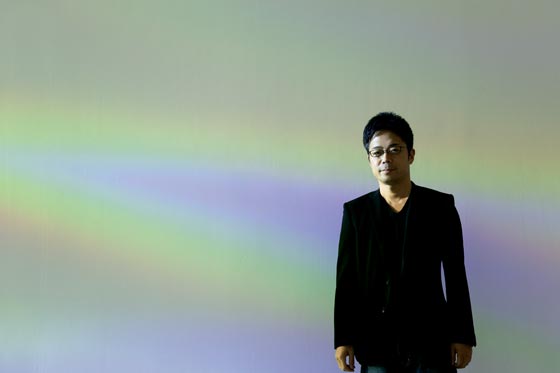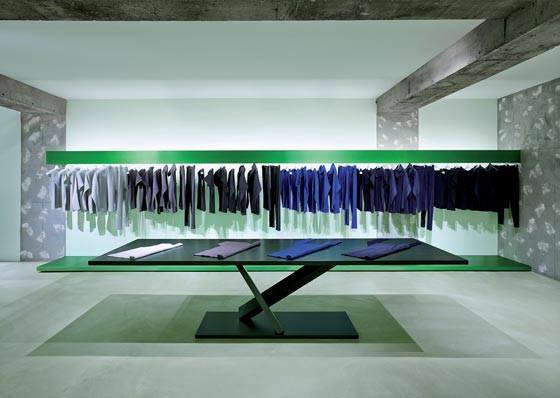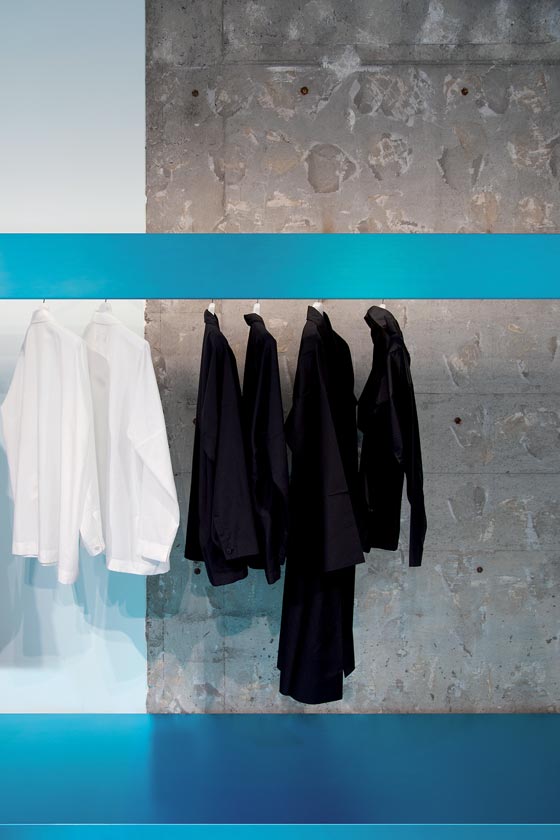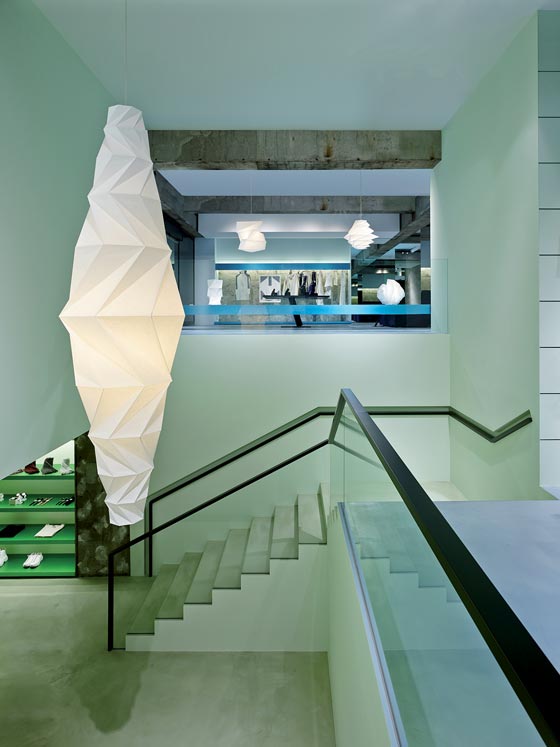Tokujin Yoshioka crystallises dreams
Text von TLmag
Brussels, Belgien
18.03.14
Infuse, bake, crystallise. These verbs aren’t used to describe the work of a cook but rather the work of Japanese designer Tokujin Yoshioka, whose fabulous exhibition at the Contemporary Museum of Art Tokyo, vividly illustrates the creative scope of his experiments.
Rose, rose fraîche nichée dans son écrin de cristaux. 2013
Underneath their poetic exterior, the works of Tokujin Yoshioka adhere to the same philosophy: the metamorphosis of materials. Above all, Yoshioka is an observer in the old-fashioned sense - akin to an astrologer who studies the planets. This is how he came to design his first chair, Honey Pop, for Driade, drawing inspiration from bee hives to develop the folded honeycomb paper structure. He might claim to model after nature, but his empirical research is aided with a liberal dose of physical science.
PANE chair (2006), Tokujin Yoshioka x Lexus L-finesse, exhibition "Evolving Fiber Technology", 2006
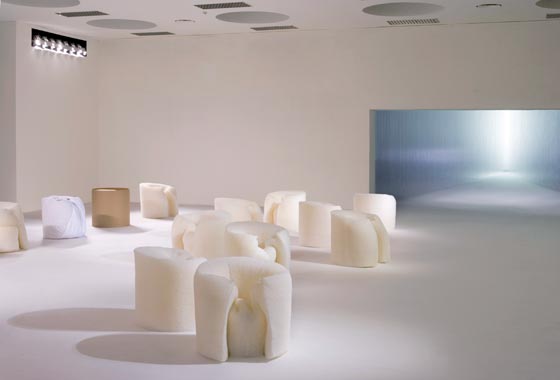
PANE chair (2006), Tokujin Yoshioka x Lexus L-finesse, exhibition "Evolving Fiber Technology", 2006
×We met him for the first time in 2006, six years after establishing his own studio, which followed a period working successively for two of the greatest designers of the 20th century - Kuramata and Issey Miyake. In Milan, his installation for the luxury car firm Lexus fascinated visitors. The new Lexus HS was surrounded with 700,000 transparent optical films, acting like an irridescent veil. Sitting comfortably in his Pane chair, the thirty-something Japanese designer - who doesn’t get an enormous amount of media coverage - calmly described the process he invented to make his seat.
“It is made from a mass of moistened foam, covered in a sheet and baked in an oven, and then shaped with steam in a wooden mould, after the technique Thonet perfected for bending wood.” Or put another, the way a baker might bake his bread… Hence the name. “I want to surprise others but especially myself. I was particularly quiet as a child, but certainly not inactive. I disassembled every object in the house to understand how they worked, then found a different use for them. I never got bored of watching insects. They were my first source of fascination.”
Swan Lake, 2013 & Crystallised Painting Process, 2013
Crystallisation
Seven years have since passed, punctuated by the acquisition of works by MoMA and Cooper Hewitt New York, the Pompidou Centre Paris and the Victoria and Albert Museum London. He has produced remarkable pieces of furniture for Moroso, Driade, Kartell, Cassina and Swarovski, collaborated with Cartier, Hermès, Toyota and has received numerous Designer of the Year Awards - in Miami in 2007, in Tokyo 2010, Germany 2011, and last year in Paris at Maison & Objets. Newsweek has just ranked him among the 100 most respected Japanese personalities in the world.
REALITY LAB for Issey Miyake, 2013; photos Masaya Yoshimura
Tokujin no longer talks about the technique that governs the construction of his works. He has moved on to the conceptual stage, even if science still does have a role to play in each of his creations. Tokyo’s Museum of Contemporary Art recently inaugurated an exhibition of his work based around crystallisation that will take your breath away. A body of work that was initiated in 2007. Tokujin Yoshioka quite literally ‘grows’ natural crystals in a water tank, which develop around structures.
Hence the Venus chair, a simple rose or paintings that are slowly covered in crystal. For these last works, the designer-artist let music play a part in the metamorphosis, as vibrations from Tchaikovski’s Swan Lake influenced the form taken by the natural crystals. In the end, the invisible structures cede to the energy of nature. A life more astonishing, a life with a lot more imagination than we… Although, not more than Tokujin Yoshioka.

